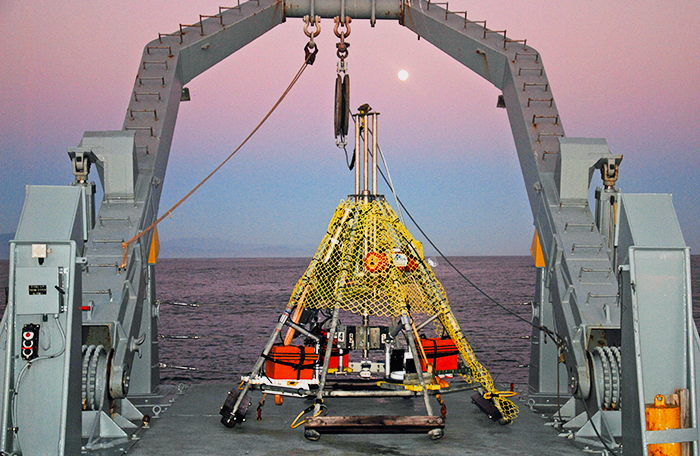
Dr. Tom Narock (Goddard Planetary Heliophysics Institute) and Professor Tim Finin (CSEE) are part of a team that receive a one-year, $300,000 award from the National Science Foundation to apply semantic technologies to support the data representation, discovery and integration needs in EarthCube, an NSF program that aims to transform geoscience research by developing community-guided cyberinfrastructure. The collaborative project involves researchers and students from UMBC, Columbia University, Wright State University, and the Woods Hole Oceanographic Institution (WHOI). Narock (PI) and Finin (CO-PI) head the UMBC effort.
A wide spectrum of maturing methods and tools, collectively characterized as Semantic Web Technologies, enables machines to complete tasks automatically that previously required human direction. For the Geosciences, Semantic Web Technologies will vastly improve the integration, analysis and dissemination of research data and results. This collaborative project will conduct exploratory research applying state-of-the-art Semantic Web Technologies to support data representation, discovery, analysis, sharing and integration of datasets from the global oceans, and related resources including meeting abstracts and library holdings. A key contribution will be semantically-enabled cyberinfrastructure components capable of automated data integration across distributed repositories.
The image above shows a pyramid-shaped multicorer on the deck of the R/V Melville off Santa Barbara in October 2012. Multicorers collect seafloor sediment samples without disrupting the uppermost sediment layers and the single-celled organisms living in them. The system sends real-time images of the seafloor to scientists aboard, allowing them to guide the sampler, and collects high-resolution images that are stored in the camera for downloading on recovery. (Photo by Ellen Roosen, WHOI).